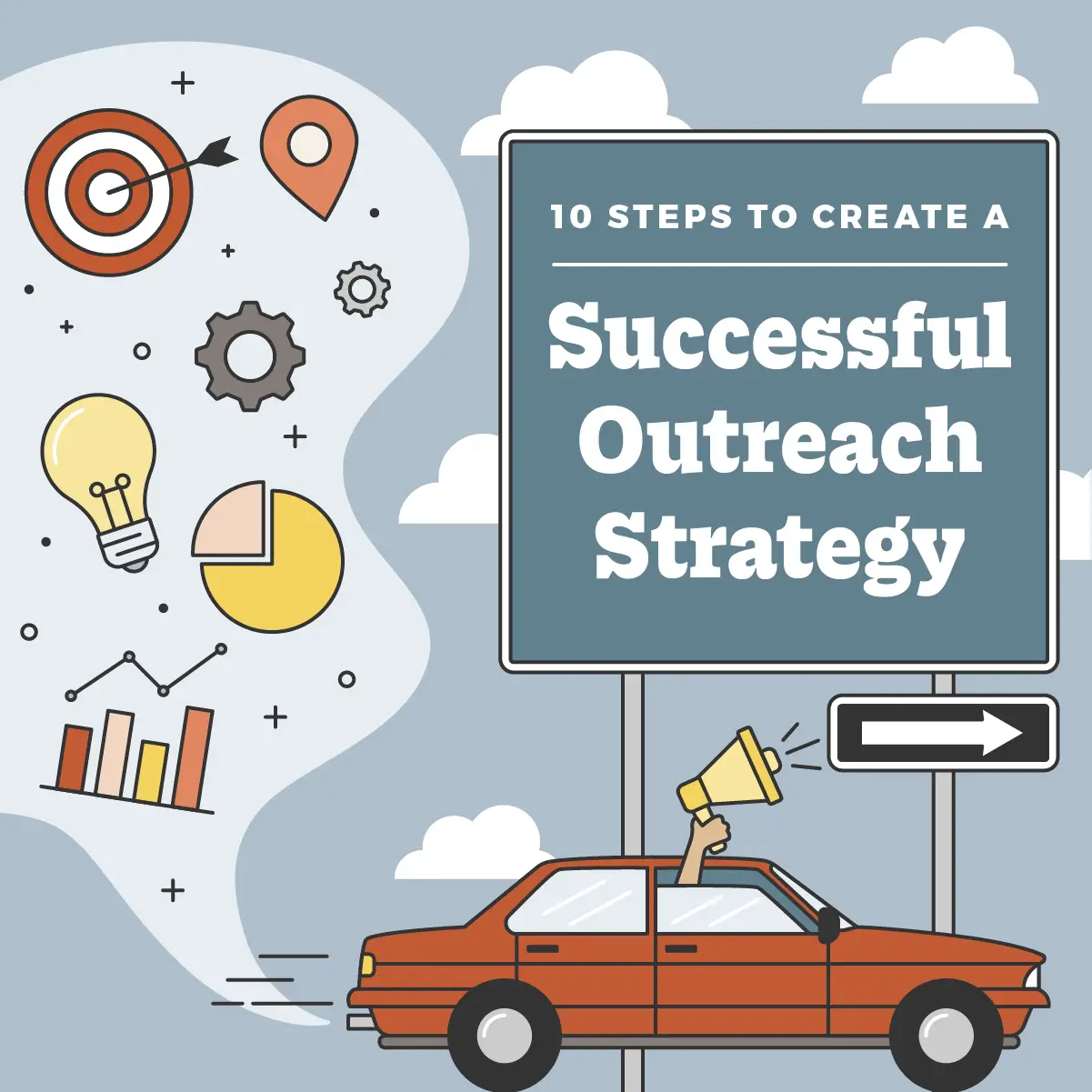How to Utilize Asynchronous Communication for Your Remote Team

Remote workers are happier. Happy workers are more productive. Productive workers increase ROI and drive profits.
Remote working eliminates the commute, saving time, and money for employees. It means employers can rent less office space, representing a significant reduction in overhead costs. Everyone's a winner.
Then there's the freedom it brings for employees. The park, the coffee shop, and the rooftop garden. With remote working, the whole world is your office. Workers can tailor a home environment to their needs. They can surround themselves with creature comforts. Soft lighting. An ambient playlist. A teapot. And even their own space.
Just over a century ago, Albert Einstein revolutionized science with his theory of relativity. Now a revolution is happening in business that also pertains to space and time. Remote working offers the freedom of space. Asynchronous working offers freedom of time.

The drawbacks of synchronous working
Leaders spend around 80% of their time communicating. That means emails, phone calls, messaging services, videoconferencing, one-on-one discussions, group meetings, etc. That leaves just 20% of the day for meeting goals, reaching targets, and doing meaningful, constructive work.
Furthermore, that 20% of working time is inevitably low quality. That's because of the constant interruptions of phone calls, emails, and messages. It isn't a continuous 20% of full concentration. It could be 1% here, 3% there, broken up throughout the working day. It's impossible to be truly productive and get into a productive workflow.
It has never been easier to communicate. That said, all this convenience is turning into a real inconvenience.
Synchronous communication is constant and overwhelming, and inevitably bleeds into our personal life. We live in a world where behavioral marketing software can provide valid interactions. Yet like automatons, we tirelessly engage with the often constant bombardment of messages.
The pings don't stop when you leave the office.
They continue long into the evening. Therefore, your mindset is constantly in “office mode.” You can't enjoy quality time at home. Email trails go back and forth. They often descend into waffle and chit-chat. The greater the frequency of communications, the lower the quality.
All this can lead to stress. It can affect relationships, sleep patterns, and diets. It can also have huge consequences on mental and physical health.
But that's modern life. That's business. That's the price we all pay to earn a living.
What is asynchronous working?
With sync communications like the usage of a telephone for business, for example, an instantaneous response is usually expected. Async means that it is not. That's a slightly over-simplistic explanation, so let's look at both the implications and the benefits.
With async working, employees allocate one or two blocks of time per day for communicating. Outside of those blocks, they turn off their messaging apps. This flips the 80% / 20% division of their time on its head. It also means that, whether you're communicating or concentrating, work time is more focused and of higher quality. This is conducive to activities that require deep focus such as:
- Planning
- Designing
- Analysis
- Writing
- Research
- Reviewing
- Problem-solving
Grown-up communications
Async working requires a more considered approach than is currently the norm in business. When you write a message, you do so with the knowledge and understanding that you might not get a response for several hours. Your colleagues might be in a different time zone. Therefore, a cultural shift is required in your communications.
Async eliminates the back-and-forth. Therefore, your messages must be less like a social media interaction and more like a report. You must thoroughly explain the progress of a project, what your input has been and why, and what you require from your colleagues to continue. You might also provide a timeframe.
Over-explain, include every minute detail, ensure your colleagues have all the information they need to contribute. If you miss a key detail, you might have to wait another day to get the information you need. Or a colleague might have to call you, which counters the principles of async.
The responses you receive will be equally detailed, considered, and rich in information. Async requires everyone to utilize all their powers of planning, organization, and communication.
Less conflict
With all this consideration, misunderstandings are rare. Office conflict often occurs because people respond quickly. Our initial thoughts are rarely our best. This is particularly relevant with remote working since disagreements can arise if you aren't physically among the people you're communicating with.
80% of our communication is understood through body language, and so disagreements can occur more easily in online communications. It’s harder to empathize with words on a screen than with a human being.
With this more detailed approach to communications, misunderstandings are unlikely. If there is a disagreement, it is likely to be resolved in a thoughtful and meaningful way, with the benefit of thinking time.
However, it will be necessary to alert your partners and suppliers as to the change in your reply time. Include information in your footer about your communication blocks so they know when you'll respond.
Democratic decision-making
Frequently in the workplace, dominant characters can influence decision-making. That could be because they have authority due to their role. It might also be that they are overly opinionated and conversationally persuasive. Async democratizes the decision-making process. Everyone's voice is equal. Ideas are judged on their quality, not on how loudly they are presented.
Marginalize meaningless meetings
As with messaging, face-to-face meetings can descend into pointless chit-chat. Frequently they overrun and often they are unnecessary. Instead of using work resources such as an office telephone service, remote working means you can innovate and utilize video conferencing software, eliminating travel costs, saving time, and money. That doesn't mean that every decision requires a sync meeting. With async, meetings are the last resort rather than the standard.
Assemble an elite global workforce
A further benefit of async is that it provides timezone equality. You are not limited to employing those who can travel to your office. You have a global pool of talent, with all the cultural richness and diversity that comes with it. Async also means that you can better retain the talent you already have. People can work when and where they choose and without constant interruption, reducing stress and improving wellbeing.
Workforce management solutions can help manage a global team. But SaaS tools mean that most businesses already have all the tech they need to embrace async and cast a global recruitment net.
Consolidating your communications
To implement async effectively, it is necessary to synchronize your communications. Use a single platform to consolidate all information. Make sure that everyone can at least read the communication, if not contribute. This improves visibility and transparency. It also means that everyone has access to all information and that every step of each process is detailed thoroughly. If someone joins a project they can integrate seamlessly, however complex it may be, from anywhere in the world.
Achieving the work-life balance
As well as improving the quality of your work life, async is excellent at delineating the work-life balance. Remote workers can work around family, relationships, hobbies, and exercise. They can bring the same focus and energy to their home life that they do to their work. Encourage employees to remove any work-based communications from their personal mobile devices. When they shut down their computer, the phone won't ring, and they needn't check or respond to emails.
When they return to work, employees have slept well, are relaxed, and will be energized to tackle the workday ahead. Judge them on results, not on hours spent at their computer screens. Digital acceleration can handle repetitive tasks that can make for tedious tasks. Humans can then do creative, meaningful work that utilizes their imagination. A sharp rise in productivity is sure to follow.
When to use synchronous communications
Despite the multiple benefits of async, there are times when sync communications are unavoidable. These include:
- Brainstorming
- Complex situations with lots of variables
- Unexpected obstacles or emergencies
- Major decisions that require group agreement
- Social interaction
It's worth having a designated sync method of communications for emergencies. Call or leave a message using VoIP providers.
If a meeting is unavoidable, share a doc online so everyone can contribute to the agenda. The meeting should be recorded for posterity and async attendance. If a disaster occurs then a meeting will be necessary, although business continuity software can help prepare you for the worst, minimizing damage.
The distinction of when to use sync or async is quite clear - it will quickly become instinctive during the onboarding phase.
Social interaction
Async working presents the obstacle of isolation. Much of the everyday social interaction that is common in the workplace is removed. A solution is to have social gatherings and virtual coffee mornings. Employees in compatible timezones can chat about non-work subjects to promote team bonding.
Employers can use some of the money they save on office space to send employees on annual trips and retreats. Employees can then see each other face-to-face and spend quality time together.
Regular one-to-one videoconferencing meetings with team leaders should be utilized. Use these to gauge wellbeing and group integration. Maintain good virtual communication.
When you're ready
Notifications are intended to be addictive. Every ping, buzz, and red dot are designed to trigger a response within us. Short-term gratification is the basis for most addictions. The shift required to switch to async is not financial or technological, but behavioral. Some may need help in adjusting and refining their communications skills. It's a huge shift but with it comes huge rewards. You don't need to be Einstein to figure out that!
Related Posts

















.svg)
